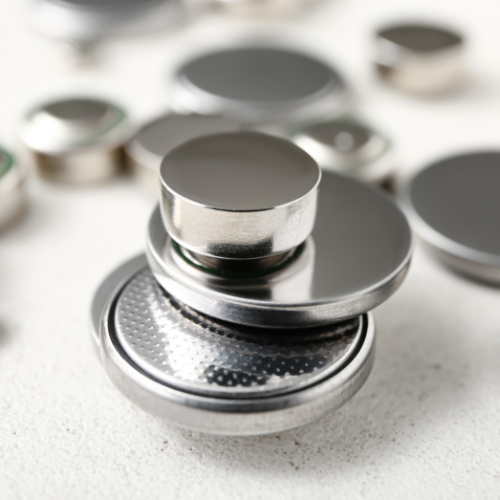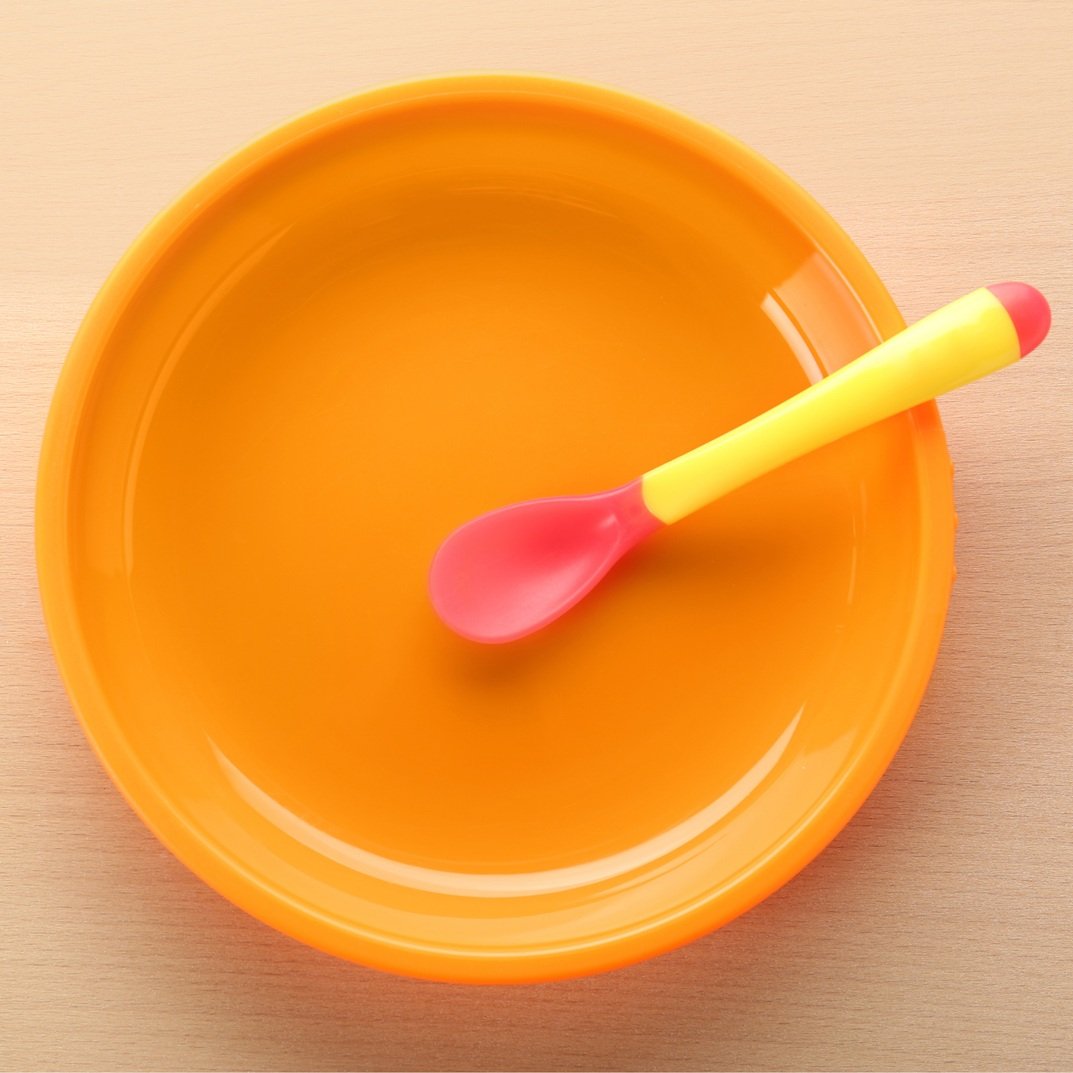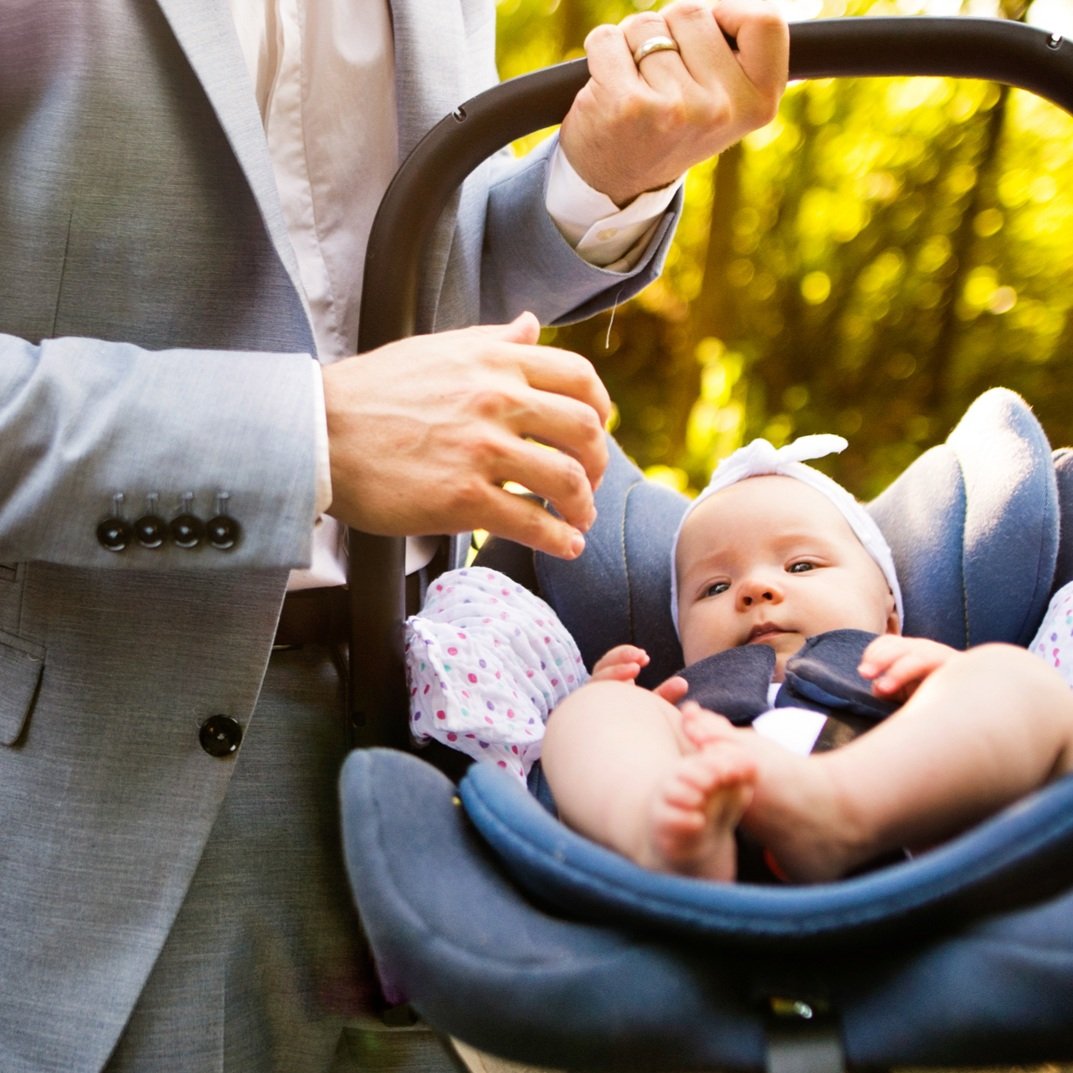
Button Battery Safety
If swallowed, button batteries can cause serious injury or death in as little as two hours.

Carbon Monoxide Safety
An alarm is the only way to know if there are dangerous levels of carbon monoxide in your home.

Child Passenger Safety
Car crashes continue to be a leading cause of death for children in the U.S.

Food and Drink Scalds
Scalds from hot food or drinks are one of the most common burns requiring hospital care for children under age 5.

Food-related Choking
More than half of choking incidents among children are caused by food. Learn how to keep your kids safer for meals, snacks, and every bite in between.

Heatstroke: Kids in Hot Cars
Kids in hot cars: when children are left in or gain access to cars, temperatures as low as 57 degrees can become deadly in minutes.

Laundry Detergent Packets
Highly-concentrated laundry detergent packets are more poisonous than traditional liquid or powder detergent.

Portable Pools
In the summertime in the U.S., a child drowns in a portable pool every 5 days.

Product Recalls
Millions of unsafe products are recalled every year. Go to SaferProducts.gov to learn about and report safety problems with items your family uses.

Safe Sleep
Data from the CDC shows that more than 3,400 babies die each year, often from sudden infant death syndrome (SIDS) and sleep-related suffocation and strangulation.

Shopping Cart Safety
Shopping cart injuries are more than pinched fingers. Learn how to prevent your child from a serious head or neck injury before you shop.

Stair Safety
Safety steps: when carrying a child up or down steps, protect your most important cargo by carrying the child only, leaving one hand free to hold on to the railing.

Sun Safety
Showing children the importance of sun safety when they’re young lays the groundwork for a lifetime of healthy skin habits, protecting them from painful burns in the short-term and skin cancers when they’re older.

Toy Safety
Toy-related injuries send a child to a U.S. emergency department every three minutes.
